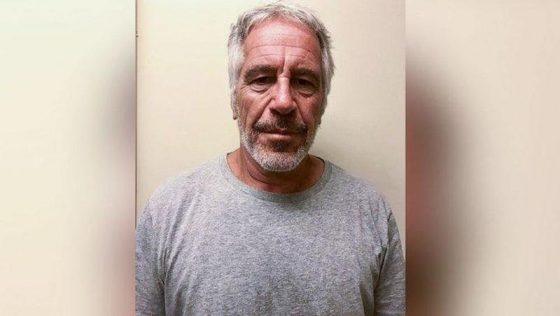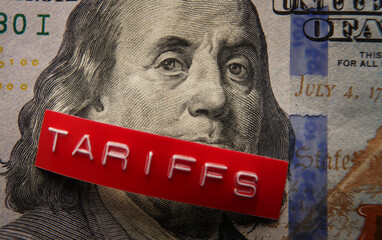Why Cow Sharing is Illegal and How It Can Save Your Life
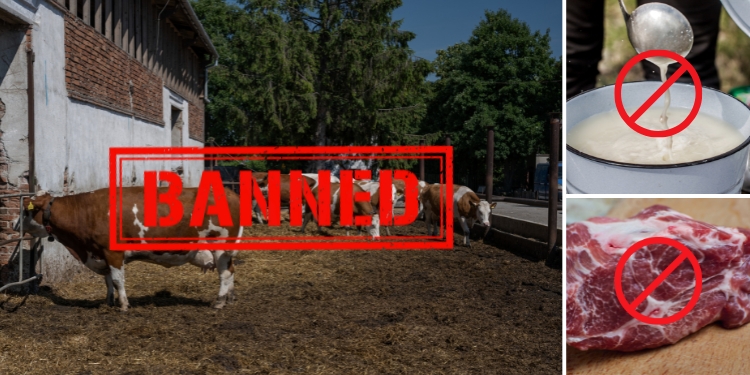
When the shelves are bare and the grid’s down, a stash of beans and rice won’t cut it. You need real food, the kind that keeps you strong and healthy. Even in good times, getting fresh, wholesome food straight from the source is a win. That’s where cow sharing comes in, a clever (and sometimes under-the-radar) way to lock in top-notch meat and dairy all year round, not just when things go south.
If you’re serious about prepping or just want better food while supporting local farms, cow sharing could be a game-changer for keeping your family fed and ready for anything. Let’s walk through it step by step to see if it fits your daily life and your survival plan.
What Is Cow Sharing?
Cow sharing is one of those under-the-radar tricks most folks don’t think about until things get dicey. Picture this: you and a few other folks go in together to own a cow. Or maybe a whole herd. In return, you get your share of fresh milk, beef, or other goodies straight from the animal. It’s not about buying milk outright, which can be a legal minefield for raw milk in many places. Instead, you’re just collecting what’s rightfully yours as a co-owner of the cow. Pretty clever, right?
How It Works
Here’s the deal: in a lot of states, selling raw milk to the public is either a big no-no or wrapped in so much red tape that small farmers can’t deal with it. But cow sharing? That’s the workaround. If you own part of the cow, nobody can tell you what to do with your milk. When you sign up for a cow share, you pay a fee to “buy in”. That’s your slice of ownership.
Then, you cover a regular fee (monthly or seasonal) to take care of the cow’s upkeep. Think feed, housing, and milking. In exchange, you get fresh raw milk every week, and sometimes the option to grab beef if the cow’s time comes.
The History of Cow Sharing in the USA
Cow sharing kicked off as a sneaky way to stick it to strict milk laws. Back in the early 1900s, raw milk started getting banned left and right as pasteurization became the norm. Sure, pasteurization kills off bad bacteria, but it also wipes out good stuff like enzymes and nutrients; things a lot of health-conscious folks and traditionalists swear by.
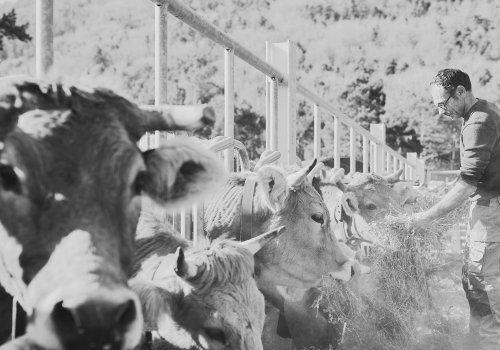
Farmers and their customers who wanted raw milk had to get creative. If selling it directly was off the table, they figured out they could “sell” or “lease” a share of a cow instead. Boom! Suddenly, you’re not a buyer; you’re an owner, and the law can’t touch you.
During the early 2000s, some dramatic moments put cow sharing in the spotlight. In California, armed agents once raided a small dairy farm, confiscating raw milk and cheese, shocking the local community.
In Michigan, farmers fought tooth and nail in court to defend their cow share programs, arguing they had every right to provide for their neighbors. These fights turned cow sharing into more than just a health trend. It became a rallying cry for food freedom and self-reliance, especially for preppers who value staying independent.
Why Do People Like Cow Sharing?
Talk to anyone who’s into raw milk, and they’ll rave about why it’s worth the hassle. It tastes better, for one. Plus, it’s packed with natural probiotics, enzymes, and vitamins that pasteurization strips away. For a lot of folks, it’s like a superfood for gut health and immunity, key for staying strong in tough times.
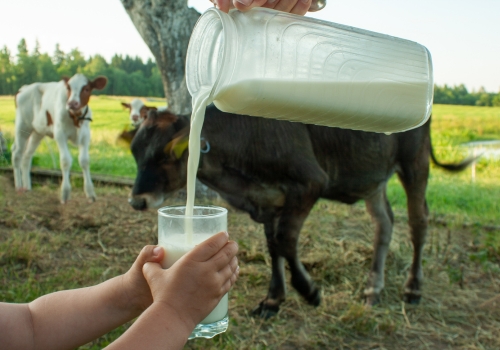
With a cow share, you’re not just grabbing a jug off the shelf. You know exactly where your milk or beef comes from, what the cow ate, and how it was treated. In a world where food recalls and sketchy supply chains are all too common, that kind of control is a big deal.
Cow sharing is also about keeping it local. You’re putting money straight into the hands of small farmers who share your values, not some faceless corporation. Plus, you’re building real connections with those farmers, relationships that could be a lifeline if SHTF.
Is Cow Sharing Safe?
Let’s be real! Mention raw milk or cow sharing, and you’ll get some raised eyebrows and warnings like, “You’re gonna get sick!” or “That stuff’s dangerous!” There’s a bit of truth there: raw milk can carry bacteria like E. coli or Salmonella if the farm’s sloppy. But here’s the thing: most of the risk comes down to bad hygiene or sketchy farm practices, not the milk itself.
Truth is, a lot of small farms running cow shares are obsessed with cleanliness way more than some giant industrial dairies. These farmers know their customers by name and can’t afford to mess up their reputation. Plus, when you join a cow share, you can usually visit the farm, check out the milking setup, and even meet the cow. Try getting that kind of transparency from a big-brand milk jug at the store.
Most cow share programs encourage or even require you to get up close and personal with the farm. You can see the milking equipment, check how the cows are fed, and watch how the milk’s stored. A lot of farms test their milk regularly and keep detailed records for their members.
For preppers, this is huge. You’re not just trusting a label or some government inspector. You’re seeing exactly what goes into your food. That hands-on knowledge lets you make sure everything’s up to your standards, no blind faith required.
What Is Every State’s Cow Sharing Policy?
Cow sharing laws are a patchwork across the U.S., and you’ve got to know where your state stands before jumping in. Here’s a quick rundown (but always double-check local laws, as they can shift fast):
A C D F G H I K L M N O P R S T U V W
#1. Alabama
- Cow sharing’s legal; raw milk sales are banned, so shares are the go-to.
#2. Alaska
- Cow shares are fine; direct raw milk sales aren’t.
#3. Arizona
- Raw milk can be sold with strict labeling; cow shares are legal.
#4. Arkansas
- Cow shares aren’t tightly regulated; raw milk sales are okay with limits.
#5. California
- Raw milk sales are legal with a permit; cow shares are good to go.
#6. Colorado
- Cow shares are explicitly legal; raw milk sales to the public are banned.
#7. Connecticut
- On-farm raw milk sales are okay; cow shares are legal.
#8. Delaware
- Both raw milk sales and cow shares are illegal.
#9. Florida
- Raw milk sales are banned; cow shares are in a legal gray zone.
#10. Georgia
- Cow shares are a no-go; raw milk is only sold as “pet milk.”
#11. Hawaii
- Raw milk sales and cow shares are both illegal.
#12. Idaho
- Cow shares are legal; raw milk sales are allowed with restrictions.
#13. Illinois
- Cow shares are okay; raw milk sales are limited.
#14. Indiana
- Cow shares are legal; raw milk sales are banned.
#15. Iowa
- Both raw milk sales and cow shares are illegal.
#16. Kansas
- On-farm raw milk sales are allowed; cow shares are legal.
#17. Kentucky
- Cow shares are legal; raw milk sales are banned.
#18. Louisiana
- Both raw milk sales and cow shares are illegal.
#19. Maine
- Cow shares and raw milk sales are legal with licensing.
#20. Maryland
- Both cow shares and raw milk sales are illegal.
#21. Massachusetts
- On-farm raw milk sales are okay; cow shares are legal.
#22. Michigan
- Cow shares are legal; raw milk sales are banned.
#23. Minnesota
- Cow shares are legal; raw milk sales are limited to on-farm.
#24. Mississippi
- Both cow shares and raw milk sales are illegal.
#25. Missouri
- Cow shares are legal; on-farm raw milk sales are allowed with limits.
#26. Montana
- Cow shares are legal; raw milk sales are banned.
#27. Nebraska
- Cow shares are legal; limited on-farm sales are okay.
#28. Nevada
- Cow shares are legal; raw milk sales need county approval.
#29. New Hampshire
- Both raw milk sales and cow shares are legal.
#30. New Jersey
- Both cow shares and raw milk sales are illegal.
#31. New Mexico
- Raw milk sales are legal with a permit; cow shares are fine.
#32. New York
- Cow shares are legal; raw milk sales are only on-farm.
#33. North Carolina
- Both cow shares and raw milk sales are illegal.
#34. North Dakota
- Cow shares are legal; raw milk sales are banned.
#35. Ohio
- Cow shares are legal; raw milk sales are illegal.
#36. Oklahoma
- On-farm raw milk sales are okay; cow shares are legal.
#37. Oregon
- Limited raw milk sales are allowed; cow shares are legal.
#38. Pennsylvania
- Raw milk sales are legal with a permit; cow shares are fine.
#39. Rhode Island
- Both cow shares and raw milk sales are illegal.
#40. South Carolina
- Raw milk sales are legal with a permit; cow shares are legal.
#41. South Dakota
- Cow shares are legal; raw milk sales are restricted.
#42. Tennessee
- Cow shares are legal; raw milk sales are banned.
#43. Texas
- On-farm raw milk sales are okay; cow shares are legal.
#44. Utah
- Raw milk sales are legal with a permit; cow shares are fine.
#45. Vermont
- Both raw milk sales and cow shares are legal.
#46. Virginia
- Cow shares are legal; raw milk sales are banned.
#47. Washington
- Raw milk sales are legal with a permit; cow shares are fine.
#48. West Virginia
- Cow shares have been legal since 2016; raw milk sales are banned.
#49. Wisconsin
- Cow shares are legal; raw milk sales are illegal.
#50. Wyoming
- Raw milk sales are allowed under “herd share” laws; cow shares are legal.
Bottom line: Cow sharing’s a mixed bag across the U.S. It’s outright illegal in 9 states (Delaware, Hawaii, Iowa, Louisiana, Maryland, Mississippi, New Jersey, North Carolina, and Rhode Island.), legal or allowed in 35 (think California, Texas, and Pennsylvania), and a gray area in 6 others (like Florida and Georgia). Since laws shift fast, check your state’s rules on sites like Farm-to-Consumer Legal Defense Fund before diving in.
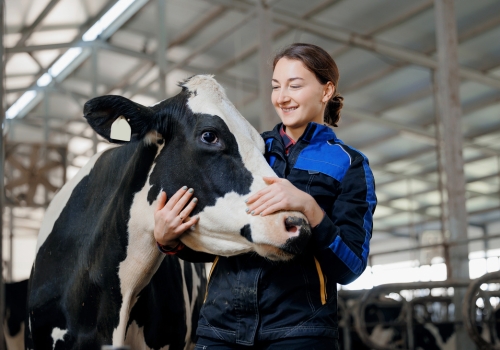
Why Is Cow Sharing Illegal in 9 States?
Well, you probably guessed it: health officials aren’t exactly fans of raw milk. They argue that raw milk poses significant risks because it can harbor dangerous pathogens such as E. coli, Salmonella, Listeria, and Campylobacter, which can lead to serious foodborne illnesses, particularly in vulnerable populations like children, the elderly, and those with compromised immune systems.
Additionally, some states view cow sharing as a loophole that circumvents strict dairy laws, leading to bans to maintain control over milk production and sales.
At the end of the day, it’s about weighing the risks against the rewards. For a lot of folks, the nutritional boost and independence of cow sharing outweigh the concerns, especially if you’ve vetted the farm yourself.
How Cow Sharing Can Help Preppers
Cow sharing hooks you up with a steady flow of raw milk and sometimes beef, without depending on grocery stores or shaky supply chains. It’s like a secret weapon for keeping your food stash secure and even giving you something valuable to trade when things go sideways.
How to Get Started
Start by tracking down a local farm that offers cow or herd shares. Before signing up, visit the farm and ask: Are the cows grass-fed and healthy? How often is the milking equipment cleaned? Do they test milk for bacteria? Look for red flags like dirty barns or sick-looking animals. A good farmer will be happy to show you around and answer questions.
If everything’s all right, you’ll sign a simple agreement that makes you a part-owner of the cow. No, you don’t need to build a barn! Just swing by to pick up your milk. Better yet, you can team up with friends or neighbors to split the costs. That’s if you trust them, of course.
Costs vary, but expect to pay $50–$100 upfront for a cow share, plus $20–$50 a month for upkeep, depending on the farm and your share size. It’s a great way to save some cash and build a tight-knit group you can rely on.
Storing Your Haul
Raw milk doesn’t last long, so you’ve got to get creative. Turn it into butter, cheese, yogurt, kefir, or ghee; stuff that keeps for ages and still packs a nutritional punch. If your share includes beef, you’re in luck. Preserve it by canning, curing, smoking, or making pemmican (think old-school survival jerky).
But here’s the catch: without the right storage, even your best-preserved goods can spoil, get raided by pests, or go bad in a heatwave. Propane fridges or basic root cellars are solid off-grid options, but if you’re serious about keeping your food secure and fresh for months or even years, you need something better.
 That’s where a proper underground cellar comes in. Picture a hidden, rock-solid space in your backyard that keeps your cow share haul, home-canned goods, root veggies, grains, and water safe from spoilage, critters, and prying eyes. A well-designed cellar holds steady temperatures and humidity, just like the old-school root cellars our grandparents relied on.
That’s where a proper underground cellar comes in. Picture a hidden, rock-solid space in your backyard that keeps your cow share haul, home-canned goods, root veggies, grains, and water safe from spoilage, critters, and prying eyes. A well-designed cellar holds steady temperatures and humidity, just like the old-school root cellars our grandparents relied on.
It’s your ticket to making sure your food stays edible long after the grid’s down or grocery stores run dry. Enter The Easy Cellar, a game-changing solution for preppers and anyone who wants true food independence. Built just a few feet under your yard, it’s designed to store all your cow share goodies in perfect conditions without needing electricity.
Drawing on time-tested designs, it’s a modern twist on the classic root cellar, giving you a discreet, secure spot to stockpile everything from your homemade ghee to emergency water supplies.
❗Best part? You can build it yourself for under $400 in less than a week.
No fancy tools or expensive contractors required. It’s affordable, straightforward, and built to keep your cow share haul safe.
Bartering When SHTF
When the world falls apart, dairy and meat become pure gold. A little jar of homemade butter, a wedge of cheese, or some beef jerky? That’s calorie-dense, hard-to-find trade bait. In a collapse, those goodies could get you ammo, tools, or whatever else you need to keep going. Speaking of bartering…
The Amish Case
In many Amish communities, cow sharing (or herd sharing) is a natural part of daily life. Amish families often keep dairy cows to supply raw milk, butter, cheese, and other fresh dairy products for their own tables. They milk cows by hand and store the milk in cooled churns—no pasteurization, no modern machinery, just rich, creamy nutrition straight from the source.
Instead of formal contracts, Amish families typically share milk informally with relatives and neighbors, strengthening tight-knit community bonds. However, some Amish farmers run official cow share programs, especially in states where selling raw milk directly is restricted. By owning a “share” of the cow, outsiders can legally access raw milk from Amish farms—like those in Lancaster County, Pennsylvania, supplying fresh milk to big cities.
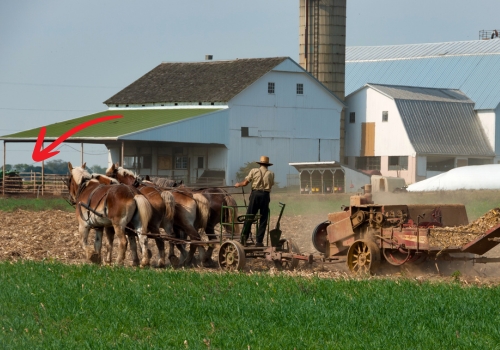
Beyond dairy, Amish sometimes extend this model to beef, dividing whole cows among families to fill freezers with high-quality, local meat.
Want to learn more? In The Amish Ways Book, former Amish member Eddie Swartzentruber reveals secret details on Amish bartering with food (including cow sharing products), long-lasting preservation methods, community recipes, and how these survival practices are deeply woven into their way of life.
Final Thoughts on Cow Sharing
Cow sharing isn’t perfect. It takes time to find a good farm, and those weekly milk pickups can be a hassle if you’re far from the farm. Plus, raw milk spoils fast if you don’t process it quick.
And yeah, the legal gray areas in some states mean you gotta stay sharp. But for most preppers, the payoff (fresh, independent food) is worth the extra effort. Whether your state’s all-in on cow sharing or cracks down hard, the goal stays the same: secure your food.
What do you think of this idea? Would you dive into cow sharing to secure your own raw milk supply? Let’s hash it out in the comments!
Cow sharing helps you achieve true food independence, true. But real self-reliance means that you also need a reliable, endless source of clean water. That’s where this backpack-sized water generator comes in. It pulls up to 50 gallons of pure, drinkable water per day, straight out of thin air! No pipes, no wells, no worries about what’s lurking in your tap. It’s real, it’s powerful, and it’s the perfect partner to your food self-sufficiency plan.
You may also like:
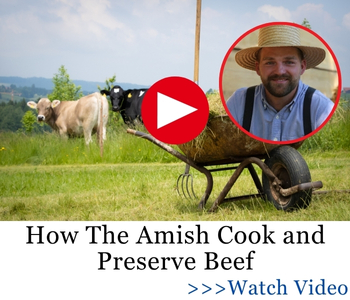
Stop Throwing Away Spoiled Milk! Do This Instead
What Item You Should Remove from Your Pantry Immediately (Video)
This Is How You Can Live Without Refrigeration
How To Raise Mini Cows For Prepping And SHTF
How To Make Beef Jerky
Read the full article here





